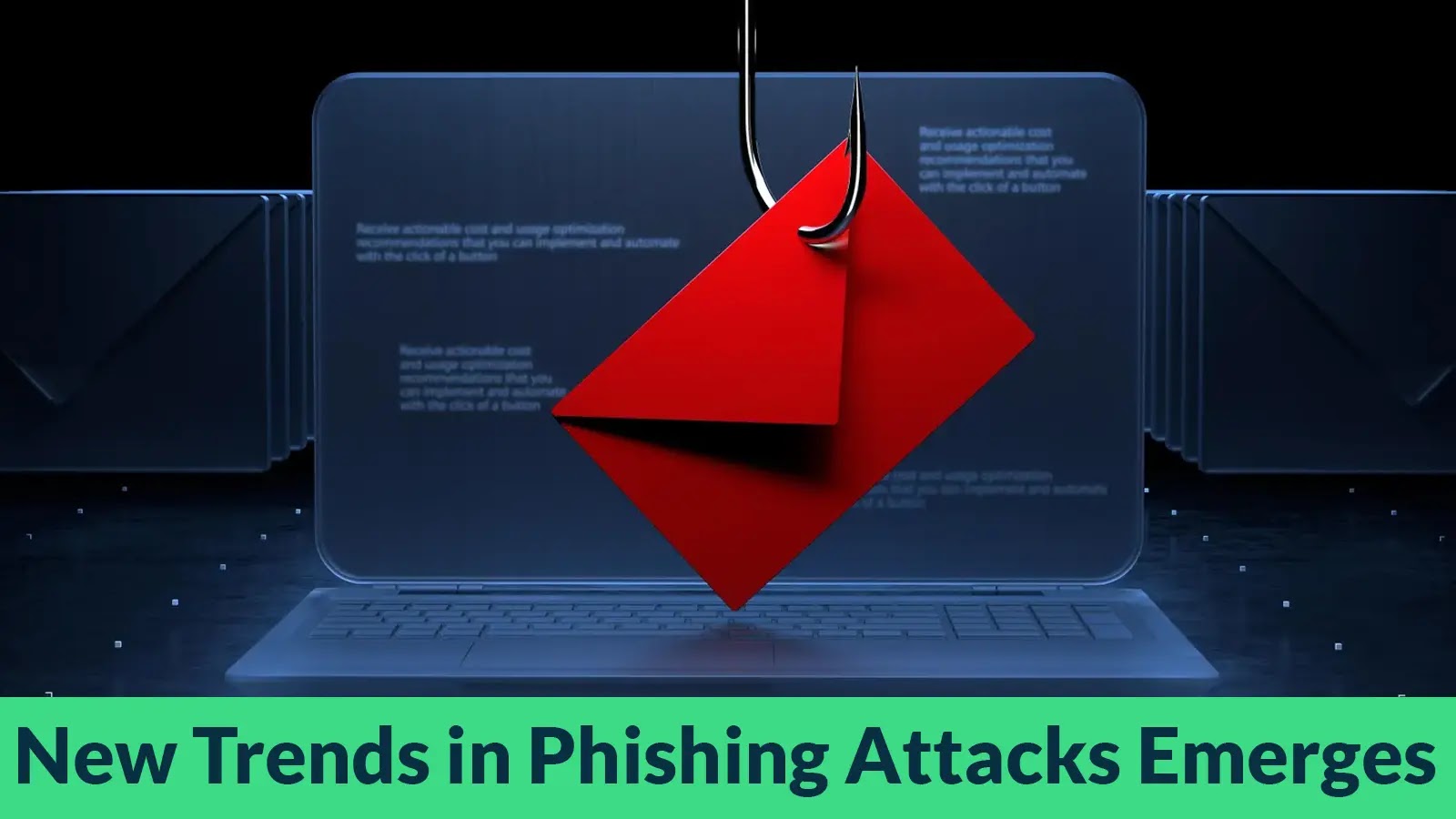
New Trends in Phishing Attacks Emerges as AI Reshaping the Tool Used by Cybercriminals
The cybersecurity landscape is undergoing a profound shift. Traditional phishing attacks, often clumsy and easily identifiable by their poor grammar and obvious tells, are being rapidly outmaneuvered. Artificial intelligence (AI) has emerged as the newest, most potent weapon in cybercriminals’ arsenals, fundamentally reshaping the very nature of phishing and scam operations. This evolution demands a reassessment of our defenses and a deeper understanding of the sophisticated threats now at play.
The AI-Powered Phishing Evolution
The advent of AI has endowed cybercriminals with unprecedented capabilities, transforming the scale, sophistication, and effectiveness of phishing campaigns. Gone are the days of easily spotted linguistic errors; AI-driven natural language processing (NLP) enables the generation of highly convincing, grammatically perfect, and contextually relevant communications. This not only makes detection exceedingly difficult for automated systems but also for the most vigilant human users.
AI’s role extends beyond mere linguistic prowess. Machine learning algorithms can analyze vast datasets to identify individual user behaviors, preferences, and even vulnerabilities. This allows attackers to craft hyper-personalized spear-phishing attacks that resonate directly with the target, increasing the likelihood of engagement and compromise. For instance, an AI might learn an employee’s recent project, their LinkedIn connections, or their preferred communication style to construct a highly believable email from a seemingly legitimate source.
Sophisticated Techniques Employed by AI Phishing
The integration of AI has introduced several advanced techniques into the phishing playbook:
- Hyper-Personalization: AI can sift through publicly available information (OSINT) and data breaches to create highly customized messages that appear to come from trusted sources. This significantly elevates the success rate of spear-phishing and whaling attacks.
- Dynamic Content Generation: Unlike static templates, AI can generate dynamic email content, subject lines, and landing page elements on the fly. This adaptability makes it harder for security tools relying on signature-based detection to identify malicious payloads.
- Evasion of Detection Systems: AI can analyze security solutions and adapt its tactics to bypass filters and detection mechanisms. This includes subtle changes in URL structures, obfuscation techniques, and the use of legitimate cloud services to host malicious content.
- Voice and Video Deepfakes: Beyond text, AI-powered deepfake technology can now synthesize convincing voice and video, enabling sophisticated business email compromise (BEC) and social engineering scams. Imagine receiving a video call from your CEO with a urgent wire transfer request – a scenario increasingly plausible with AI.
- Automated Attack Scaling: AI allows for the automated generation and distribution of millions of unique phishing attempts, overcoming the manual labor limitations of traditional campaigns and significantly increasing the attack surface.
The Impact on Cybersecurity Defenses
The emergence of AI-powered phishing presents significant challenges for conventional cybersecurity defenses. Signature-based antivirus and email filters struggle against dynamically generated content. User training, while crucial, becomes less effective when attacks are crafted with such precision and psychological manipulation. The arms race intensifies, requiring a shift from reactive to more proactive and AI-driven defense mechanisms.
Remediation Actions and Proactive Defenses
Combating AI-enhanced phishing requires a multi-layered and adaptive strategy. Organizations and individuals must prioritize robust security posture and continuous education.
- Advanced Email Security Gateways (SEG): Deploy SEG solutions that leverage AI and machine learning for anomaly detection, behavioral analysis, and real-time threat intelligence. These systems can identify subtle indicators of compromise that static filters miss.
- Security Awareness Training (SAT): Elevate SAT programs to address the nuances of AI-driven phishing. Train employees to look for inconsistencies in tone, unusual requests, and to always verify sensitive requests through out-of-band communication channels. Emphasize the threat of deepfakes and the need for skepticism.
- Multi-Factor Authentication (MFA): Implement MFA across all critical accounts. Even if credentials are compromised via a phishing attack, MFA acts as a vital second line of defense, preventing unauthorized access.
- Strong Incident Response Plan: Develop and regularly practice an incident response plan specifically for phishing attacks. This includes clear steps for reporting, isolating affected systems, and containing potential breaches.
- Continuous Threat Intelligence: Subscribe to and integrate threat intelligence feeds that focus on emerging phishing techniques, AI-driven scams, and new attack vectors. Sharing information within the cybersecurity community is paramount.
- Browser and OS Security: Keep browsers, operating systems, and all software updated to patch known vulnerabilities (e.g., those listed on the CVE database). Many phishing attacks leverage unpatched software to deliver malware.
- Data Minimization and Privacy: Be mindful of the information shared online, as this data fuels AI-driven personalization attacks. Implement robust data privacy practices within organizations.
- Simulated Phishing Drills: Regularly conduct simulated phishing exercises to test employee resilience and identify areas for further training. Vary the sophistication of these simulations to mimic real-world AI-powered threats.
Conclusion
The integration of AI into cybercriminal operations marks a significant escalation in the ongoing battle for digital security. AI-powered phishing campaigns are more sophisticated, personalized, and harder to detect than ever before, posing a formidable challenge to individuals and organizations alike. Staying ahead requires a commitment to continuous learning, investment in advanced security technologies, and fostering a culture of vigilance and skepticism. By understanding these new trends and implementing proactive defense strategies, we can mitigate the evolving threat and safeguard our digital assets against the AI-reshaped landscape of cybercrime.





